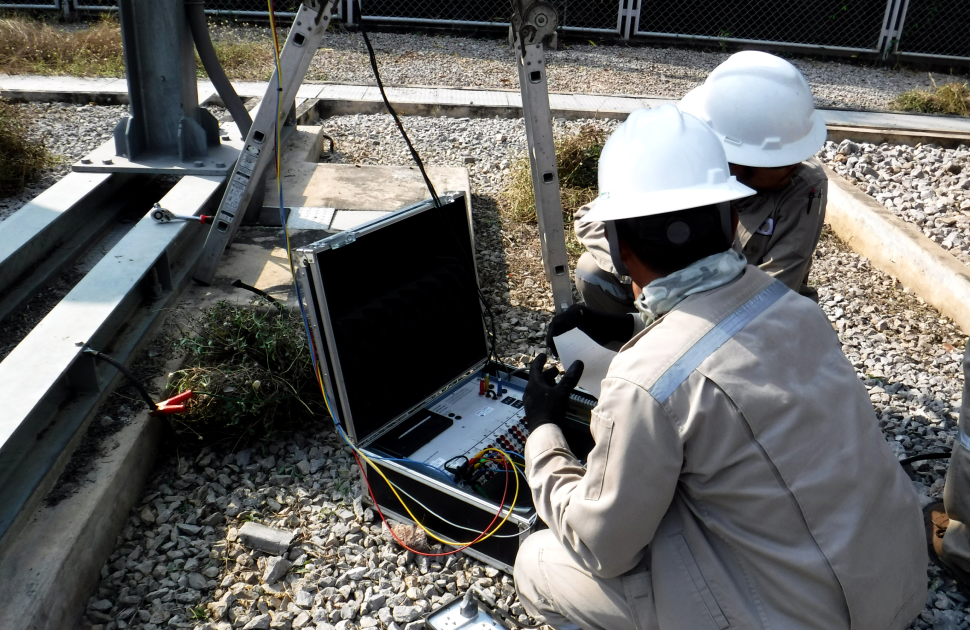Non-Destructive Testing (NDT) is a vital tool in ensuring the safety and reliability of structures and materials in various industries, including aerospace, manufacturing, construction, and many more.
NDT can be broadly classified into two categories: Non-Destructive Evaluation (NDE) and Non-Destructive Inspection (NDI).
Non-Destructive Evaluation (NDE) methods are used to measure specific properties of a material or component without causing any damage. These methods include ultrasonic testing, radiographic testing, and eddy current testing.
Ultrasonic Testing uses high-frequency sound waves to detect internal defects in materials, such as cracks, porosity, and inclusions. This method is particularly useful in detecting defects in welds, castings, and forgings.
Radiographic Testing uses X-rays or gamma rays to create images of the internal structure of a material and detect internal defects such as cracks, porosity, and inclusions.
This method is commonly used in the aerospace and manufacturing industries.
Eddy current testing uses electromagnetic induction to detect surface and near-surface defects in conductive materials, such as cracks, corrosion, and pitting. This method is particularly useful in the detection of cracks in aircraft engine components.

Non-Destructive Inspection (NDI) methods are used to detect and locate surface and sub-surface defects in a material or component. These methods include visual testing, magnetic particle testing, liquid penetrant testing, and radiographic testing.
Visual Testing is the most basic form of NDT and involves a visual examination of the material or component to detect defects such as cracks, corrosion, and surface imperfections.
Magnetic Particle Testing uses a magnetic field to detect surface and near-surface defects in ferromagnetic materials such as cracks, laps, and seams. This method is commonly used in the automotive and aerospace industries.
Liquid Penetrant Testing uses a liquid to detect surface-breaking defects in a material, such as cracks, porosity, and laps. This method is commonly used in the inspection of welds and castings.
Radiographic Testing, as previously mentioned, is also an NDI method and is commonly used in the detection of internal defects.
NDT can also be classified by the physical principle it employs. Radiographic testing (RT) uses X-rays or gamma rays to create images of the internal structure of a material and detect internal defects. Ultrasonic testing (UT) uses high-frequency sound waves to detect internal defects in materials.
Magnetic Testing (MT) uses a magnetic field to detect surface and near-surface defects in ferromagnetic materials. Eddy Current Testing (ECT) uses electromagnetic induction to detect surface and near-surface defects in conductive materials.
Visual Testing (VT) involves a visual examination of the material or component to detect defects. Leak Testing (LT) uses pressure or vacuum to detect leaks in a system or component.
Acoustic Emission Testing (AE) uses sound waves to detect changes in a material that may indicate a defect or weakness.
Thermographic Testing (IRT) uses infrared cameras to detect temperature variations in a material that may indicate a defect or weakness.
Radiometric Testing (RMT) measures the radiation emitted by a material to detect defects. Radioscopic Testing (RST) is similar to radiographic testing but uses real-time imaging to detect defects.
Each NDT Method has its own advantages and disadvantages, and the choice of method depends on the type of material, the nature of the defects, and the required accuracy of the test.
For example, ultrasonic testing is a highly accurate method for detecting internal defects in materials, but it requires highly skilled technicians to operate the equipment.
Radiographic Testing is highly effective in detecting internal defects but exposes personnel to radiation and requires expensive equipment.









